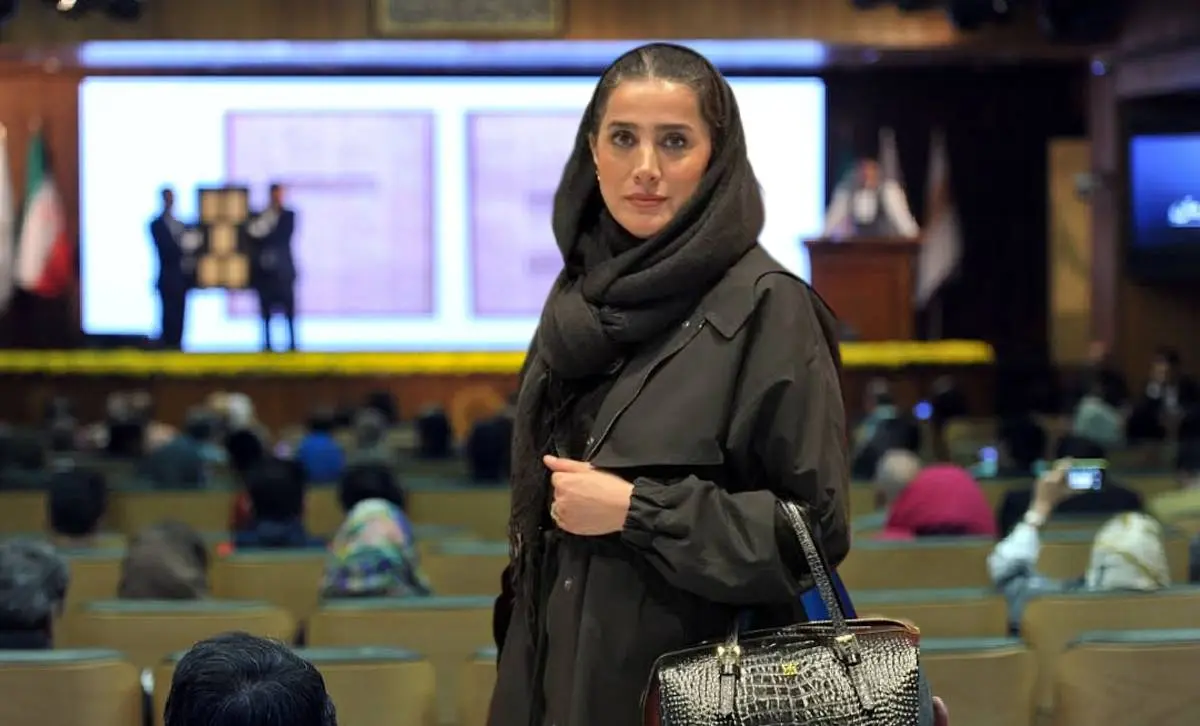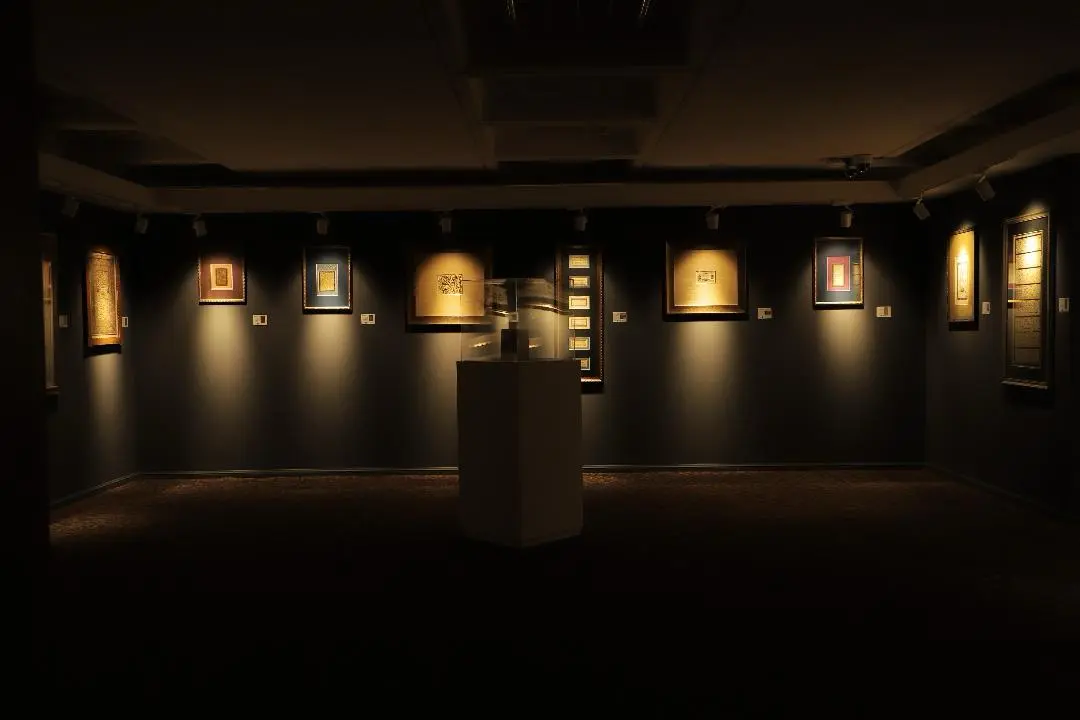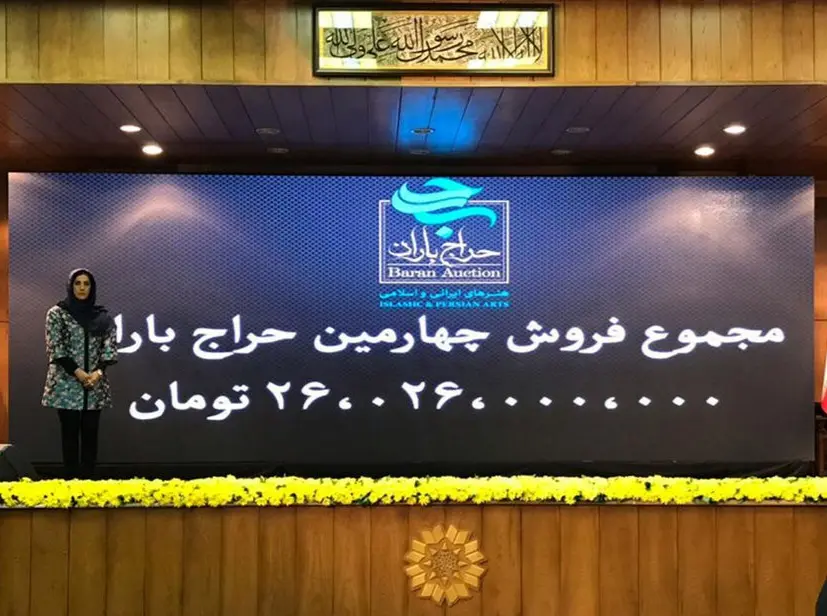
Four Editions of Baran Auction: A Million-Dollar Leap Through Civilizational and Authentic Artworks
One of the most significant achievements of Baran Auction has been the revitalization of the market for Islamic arts and calligraphy alongside a curated selection of modern and contemporary works—a combination that both preserves artistic roots and offers a perspective on emerging currents. This dual approach has brought Iranian and international audiences to a shared point of engagement and has elevated both the cultural and economic value of the artworks.
ArtDayMe : Founded and directed by Mahboubeh Kazemi in autumn 2016, Baran Auction has, across its four editions, secured a remarkable position among the specialized events dedicated to Iranian–Islamic arts—a position shaped not only by its notable sales figures but also by its systematic curatorial approach, its commitment to high-quality works, and the strong response of professional collectors.
A review of these four editions shows that Baran Auction has gradually evolved into a “reputable brand” in the fields of calligraphy, Islamic arts, and masterworks by distinguished artists.
Across its editions, the recorded sales reflect growing market trust, enthusiastic participation of collectors, and the rising value of artworks presented at this event.


A comparative analysis of the four editions reveals Baran’s success in not only expanding the scope of artists and styles but also presenting more significant works and capturing the attention of more serious buyers. Stability in sales, diversity of works, and curatorial rigor are among the key factors that have made this auction a reliable platform.


One of Baran Auction’s most important accomplishments is the revitalization of the market for Iranian–Islamic arts and calligraphy alongside a curated selection of modern and contemporary works—a combination that both preserves artistic roots and introduces pathways into newer creative currents. This dual approach has positioned Iranian and international audiences at a shared intersection, contributing to both the cultural and economic appreciation of the artworks.
By selecting works by renowned artists from Iran, Turkey, and Iraq, Baran Auction has also succeeded in establishing a distinguished regional identity—an identity that strengthens its competitive edge among similar events in the country.

The participation of international collectors and the significant sales achieved are clear indicators of the event’s credibility.
Overall, the first four editions of Baran Auction have not only solidified its standing within Iran’s art market but also shaped a focused and forward-moving model that elevates artistic taste, promotes economic transparency, and reframes the aesthetic value system of Iranian art. This upward trajectory indicates that Baran Auction has now become a “reference platform”—a place where the past and present of art converge within a professional and successful experience.

Statistical Analysis of the First Four Editions of Baran Auction
To begin, here is an overview of the total sales for each edition, translated into approximate international values using the prevailing official USD exchange rates of the time:
• 4th Baran Auction (November 2019): 26 billion tomans — approx. USD 2 million
• 3rd Baran Auction (March 2019): 11.769 billion tomans — approx. USD 1.1 million
• 2nd Baran Auction (January 2018): 1.755 billion tomans — approx. USD 450,000
• 1st Baran Auction (October 2016): 2.609 billion tomans — approx. USD 871,000

Based on this upward movement, several noteworthy analytical points emerge:
1. Exponential Growth in Total Sales
A comparison of the first, third, and fourth editions reveals a dramatic surge in transaction volumes.
This exponential rise indicates that the market for calligraphy and Islamic art within Baran Auction expanded rapidly, attracting more investors with each edition.
2. Sales Rate Relative to Works Offered
• 3rd Edition: 46 of 65 lots sold — 71%
• 4th Edition: 69 of 94 lots sold — 73%
Despite the increased number of works offered, the sales rate remained consistently high, signaling stable demand.
3. Rise in Average Artwork Prices
Record-breaking sales in the third and fourth editions—including the Qur’an manuscript and the Timurid Shahnameh—were defining moments, echoing the landmark sale of Mir Emad al-Hassani’s calligraphy in the first edition.
When several high-value works achieve exceptional results, the average price per artwork rises accordingly.
This pattern shows that the market has expanded not just in volume but also in the valuation of key artworks.
The third and fourth editions saw a powerful return and a leap in sales, reinforcing the sustainability of Baran’s business model.
4. A Strategy Focused on Iconic Classical Works
The record-breaking sale of the Timurid Shahnameh in the fourth edition (9.1 billion tomans)—foreshadowed by the outstanding sale of Mir Emad’s work in the first edition—indicates that serious collectors increasingly seek iconic, heritage-based, civilizational artworks.

Sustained Growth in the Market for Authentic Art
• Market trust: Sales in the fourth edition nearly doubled those of the third—an unmistakable sign of rising confidence.
• Higher price averages: Major record sales boosted average artwork values, increasing the attractiveness of investing in calligraphy and traditional arts.
• Strong sell-through rate: A consistent ~70% sales rate in the third and fourth editions remains a significant advantage, particularly as the number of lots increases.
• Disciplined curation: Expanding the number of works to 94 in the fourth edition while maintaining a high sale rate demonstrates maturity in artist selection and pricing strategies.

Baran Auction: A Deep-Rooted Response to a Historic Middle Eastern Need
From its very first edition, it became clear that Mahboubeh Kazemi, drawing upon profound insight into the inherent artistic potential of the Middle East, had given a meaningful and transformative answer to one of the region’s long-standing cultural needs.
By establishing a specialized market focused on calligraphy, Islamic arts, and the visual heritage of surrounding civilizations, Mahboubeh Kazemi initiated a foundational shift in the artistic landscape of Iran and the Arab world, opening new horizons for categorizing, valuing, and presenting significant works.

The remarkable records achieved across the four editions functioned as positive and confidence-building signals to collectors and investors across the Middle East—messages that encouraged a renewed engagement with ancestral heritage and inspired the creation of deeper, more independent collections.
This movement not only revived cultural pride but also restored prestige to calligraphy and the region’s authentic visual arts.
Today, a decade later, that bold initiative has matured into a structured and influential force within Iran’s art economy—one that has solidified the value of calligraphy, reinforced civilizational artistic traditions, and built a sustainable network linking artists, collectors, scholars, and institutions.

Baran Auction is no longer merely a sales event: it is a platform for redefining cultural identity and safeguarding the artistic heritage of the Middle East—an institution that strengthens its role each year in shaping the future of the region’s art market.

LEAVE A RELPY